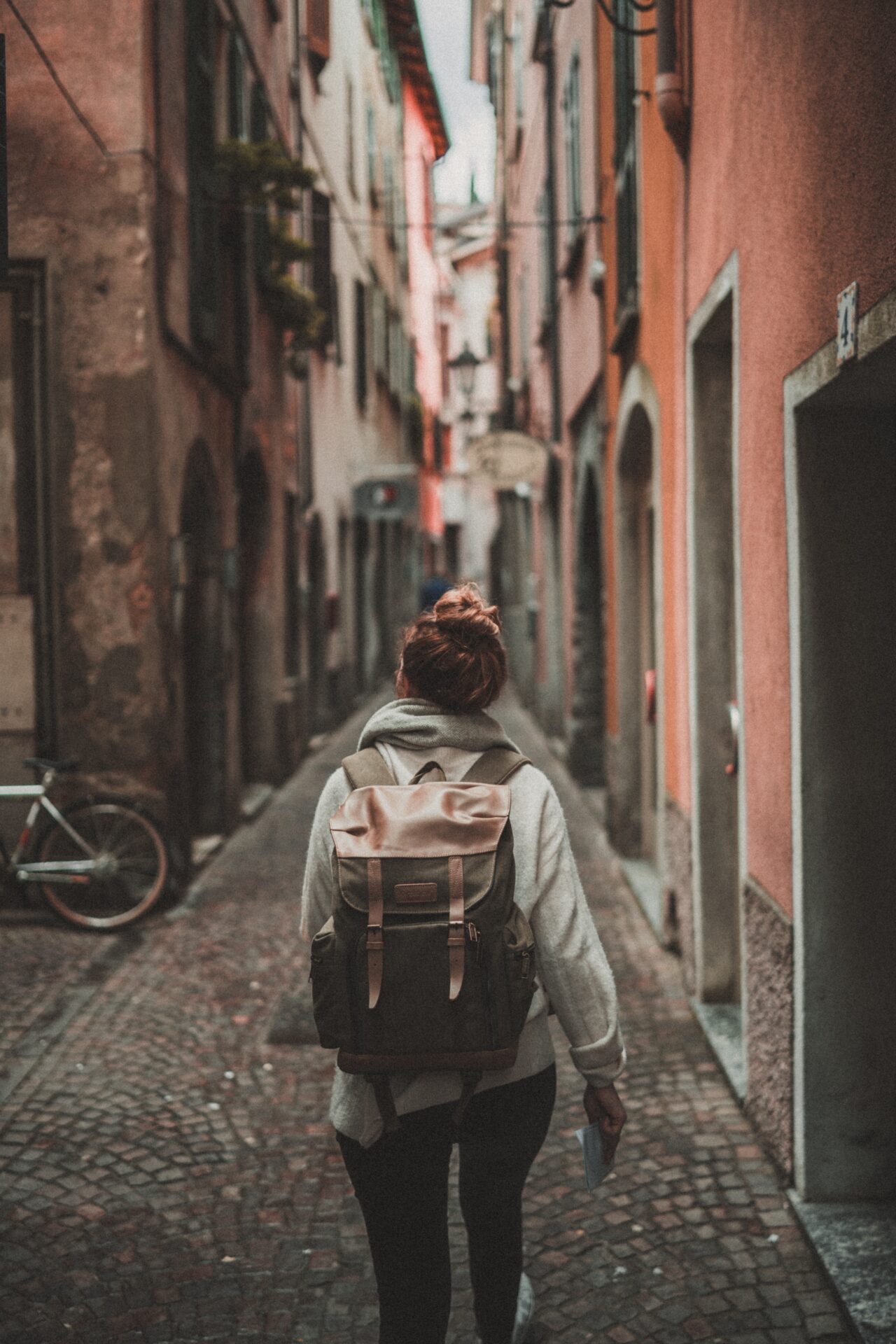In the heart of Costa Rica’s lush landscapes, where coconut palms sway in the breeze and waterfalls cascade into the jungle, lies the foundation of True Nature Travels. But True Nature isn’t just about breathtaking scenery—it’s about embracing the rich cultural heritage and culinary traditions that make Costa Rica truly special.
Culinary Exploration: A Feast for the Senses
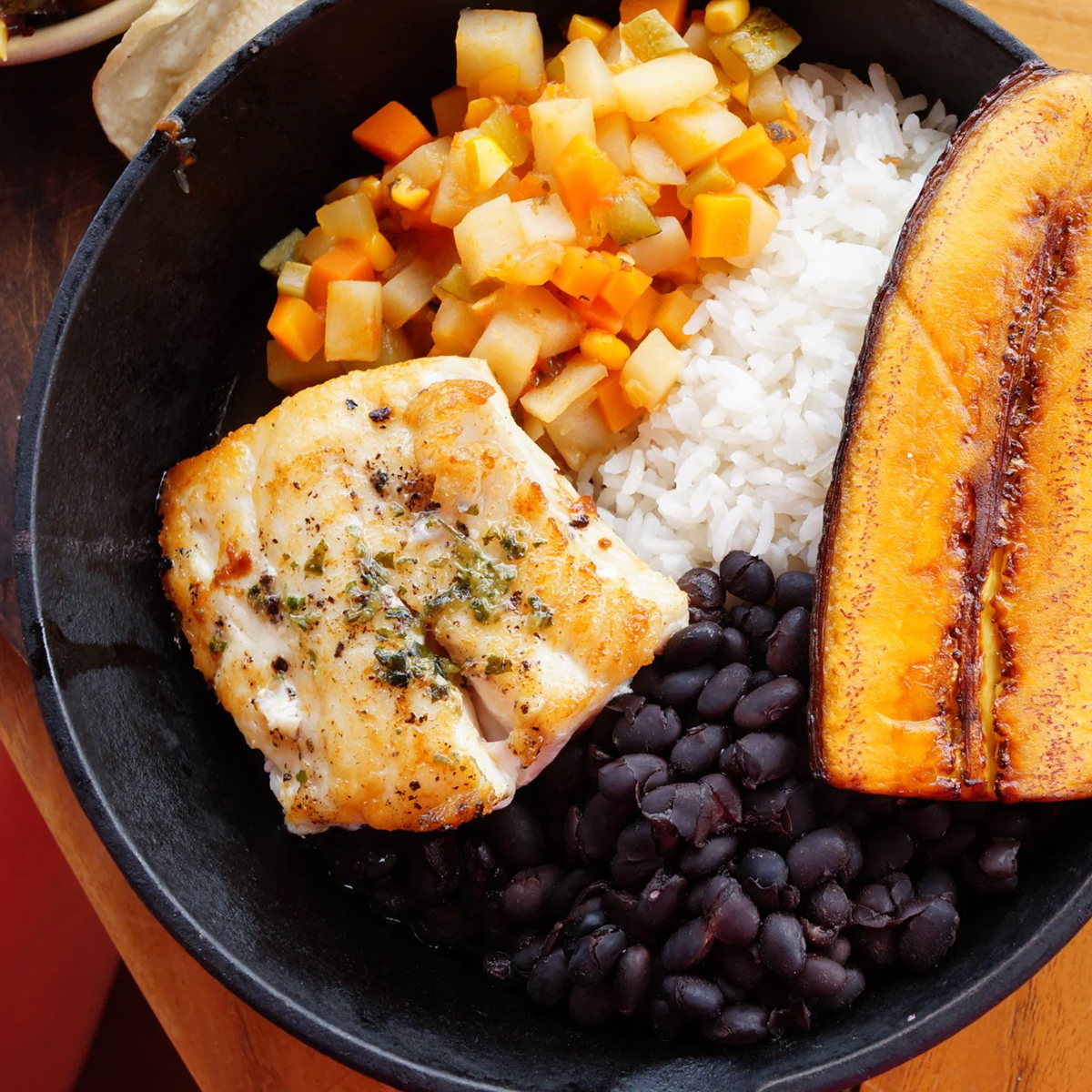 Costa Rica’s culinary landscape is a testament to its diverse heritage and abundant natural resources. At True Nature Travels, guests have the opportunity to immerse themselves in the flavors and traditions of Costa Rican cuisine. One such venue is a sustainable rainforest eco-lodge and spa, nestled alongside a certified organic, biodynamic farm. Here, guests can walk through well-groomed rainforest trails on guided farm tours and hikes, and enjoy gourmet meals prepared from fresh, organic garden produce.
Costa Rica’s culinary landscape is a testament to its diverse heritage and abundant natural resources. At True Nature Travels, guests have the opportunity to immerse themselves in the flavors and traditions of Costa Rican cuisine. One such venue is a sustainable rainforest eco-lodge and spa, nestled alongside a certified organic, biodynamic farm. Here, guests can walk through well-groomed rainforest trails on guided farm tours and hikes, and enjoy gourmet meals prepared from fresh, organic garden produce.
Embracing Geotourism and Sustainability
True Nature Travels is more than just a travel company; it’s a steward of the environment and a champion of sustainable tourism practices. Through initiatives like Geotourism, True Nature strives to preserve the authenticity of each destination while fostering cultural exchange and environmental conservation. Another venue True Nature collaborates with is located in the heart of a 250-acre Biological Reserve, overlooking beautiful and unspoiled Caribbean beaches. This resort has been a pioneer of Sustainable Tourism since 1997 and hosts Costa Rica Yoga Retreats and Yoga Teacher Trainings while focusing on improving the well-being of the local population.
A Holistic Approach to Travel
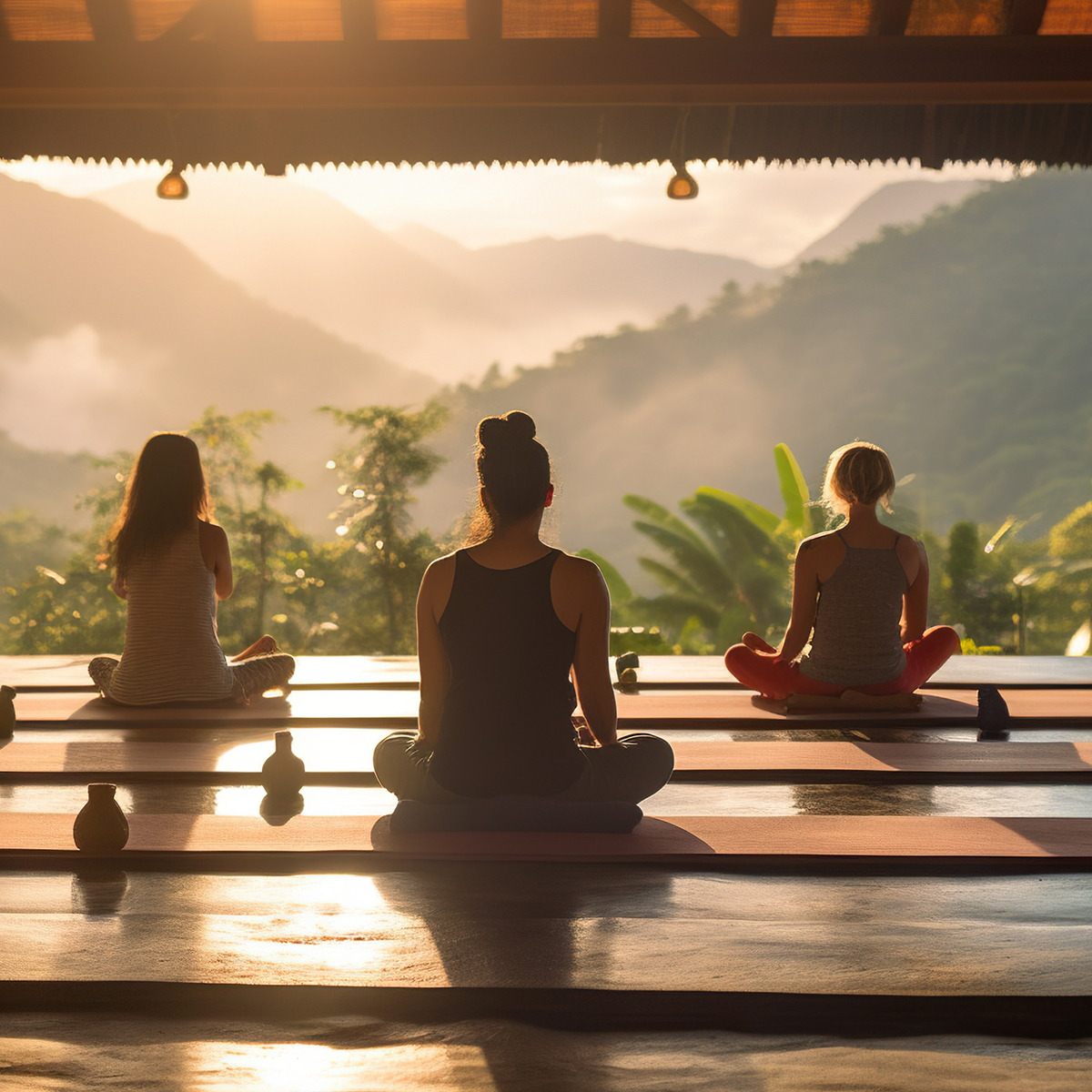 True Nature Travels embodies a holistic approach to travel, combining cultural immersion, experiential learning, adventure, relaxation, and personal growth. With a diverse catalog of programs ranging from yoga and wellness retreats to educational adventures, True Nature provides a platform for guests to explore their inner and outer worlds in unique and exquisite locations around the globe.
True Nature Travels embodies a holistic approach to travel, combining cultural immersion, experiential learning, adventure, relaxation, and personal growth. With a diverse catalog of programs ranging from yoga and wellness retreats to educational adventures, True Nature provides a platform for guests to explore their inner and outer worlds in unique and exquisite locations around the globe.
In essence, True Nature Travels invites you to savor the flavors, embrace the culture, and embark on a transformative journey through the heart of Costa Rica. Because true travel isn’t just about seeing the world—it’s about experiencing it with reverence, gratitude, and a deep appreciation for the beauty of Costa Rica’s natural and cultural heritage.

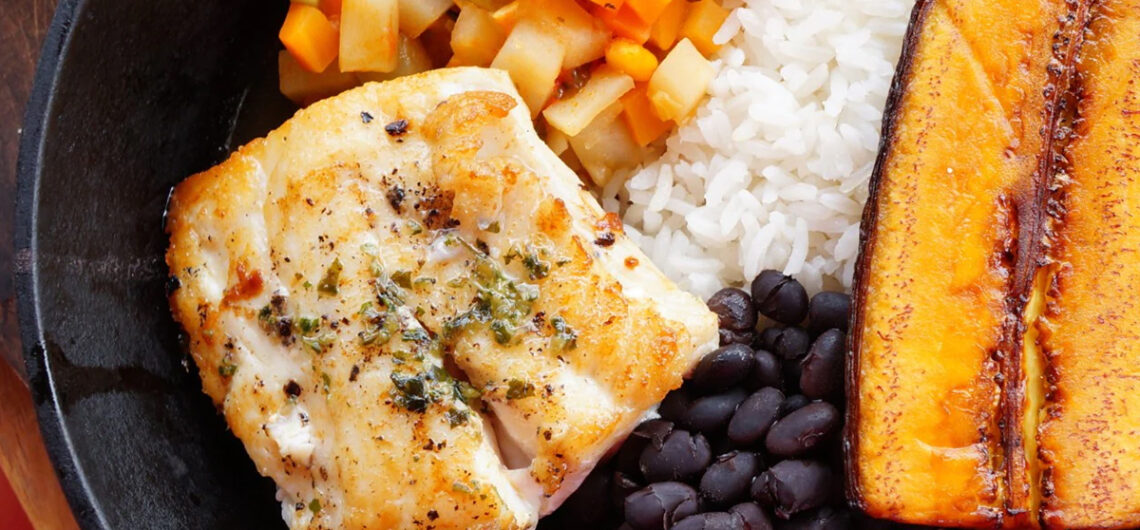
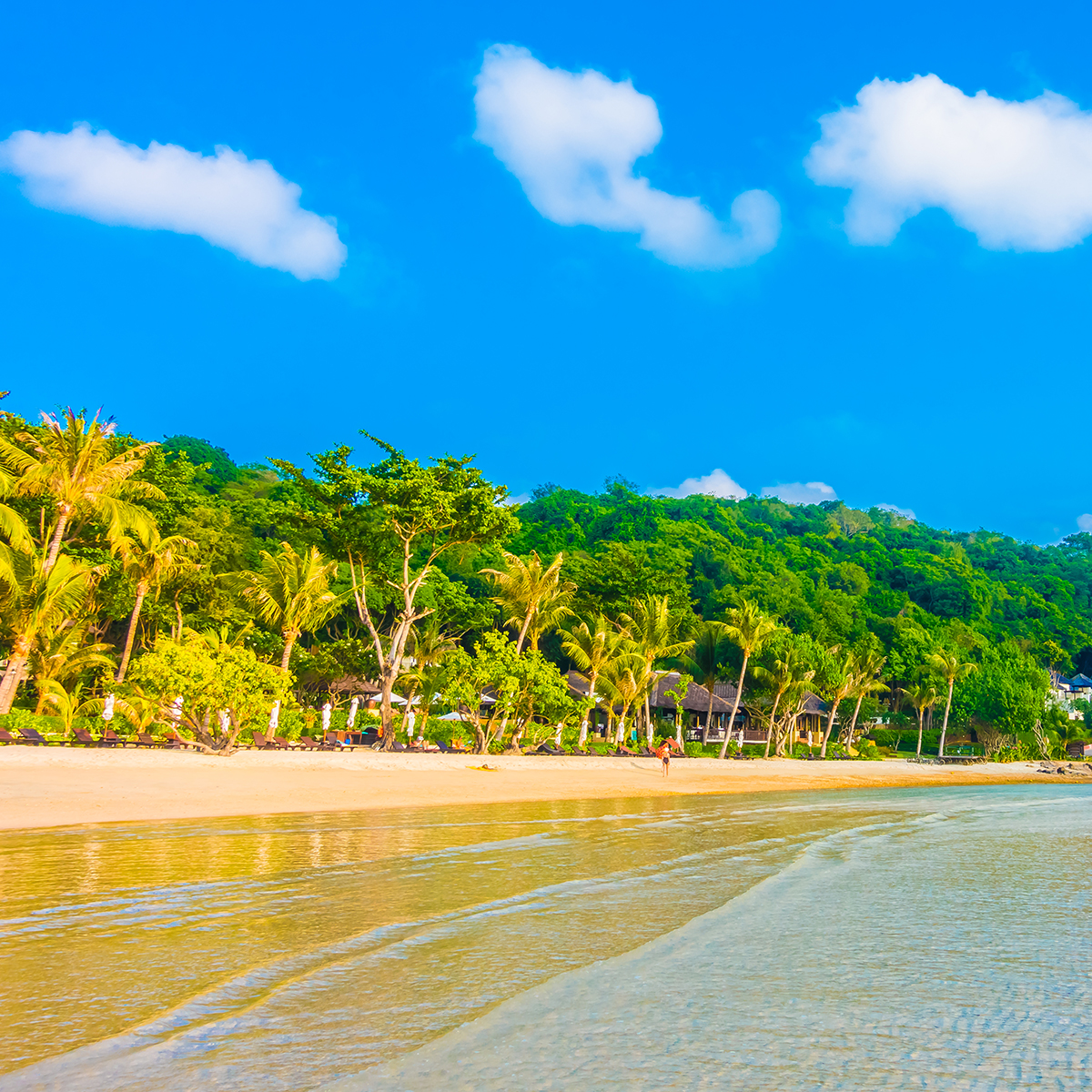

 Travel has long been celebrated for its ability to transcend borders, connect people from diverse backgrounds, and foster a deeper appreciation for the rich tapestry of cultures that make our world so vibrant. In Portugal, a country steeped in history, tradition, and cultural diversity, tourism plays a crucial role in promoting cross-cultural understanding and fostering meaningful connections between travelers and local communities.
Travel has long been celebrated for its ability to transcend borders, connect people from diverse backgrounds, and foster a deeper appreciation for the rich tapestry of cultures that make our world so vibrant. In Portugal, a country steeped in history, tradition, and cultural diversity, tourism plays a crucial role in promoting cross-cultural understanding and fostering meaningful connections between travelers and local communities. Tourism in Portugal is not just about visiting iconic landmarks or ticking items off a bucket list—it’s about engaging with the vibrant tapestry of local communities that make each destination unique. By supporting local businesses, artisans, and cultural initiatives, travelers play a vital role in preserving and promoting Portugal’s cultural heritage.
Tourism in Portugal is not just about visiting iconic landmarks or ticking items off a bucket list—it’s about engaging with the vibrant tapestry of local communities that make each destination unique. By supporting local businesses, artisans, and cultural initiatives, travelers play a vital role in preserving and promoting Portugal’s cultural heritage.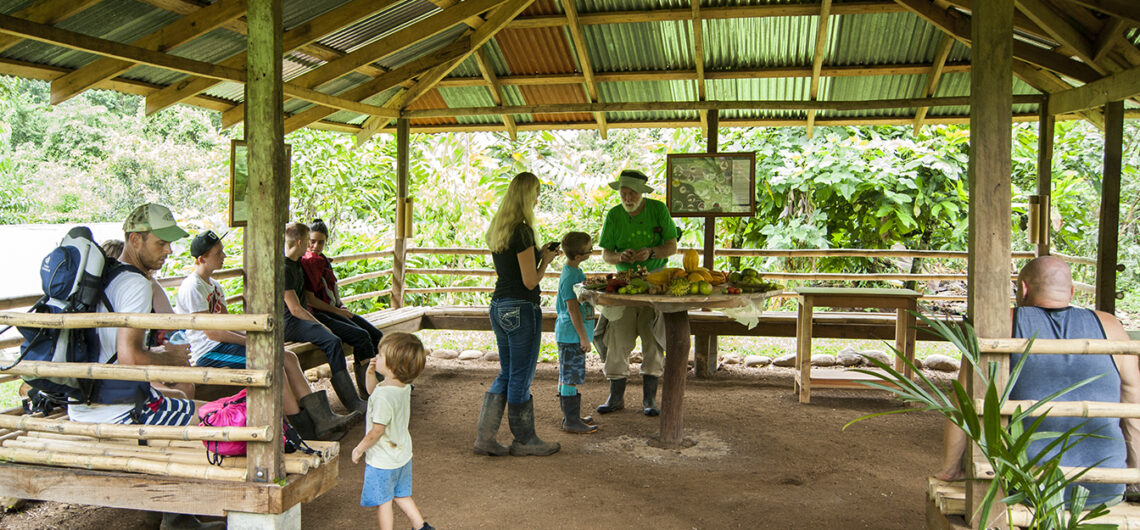
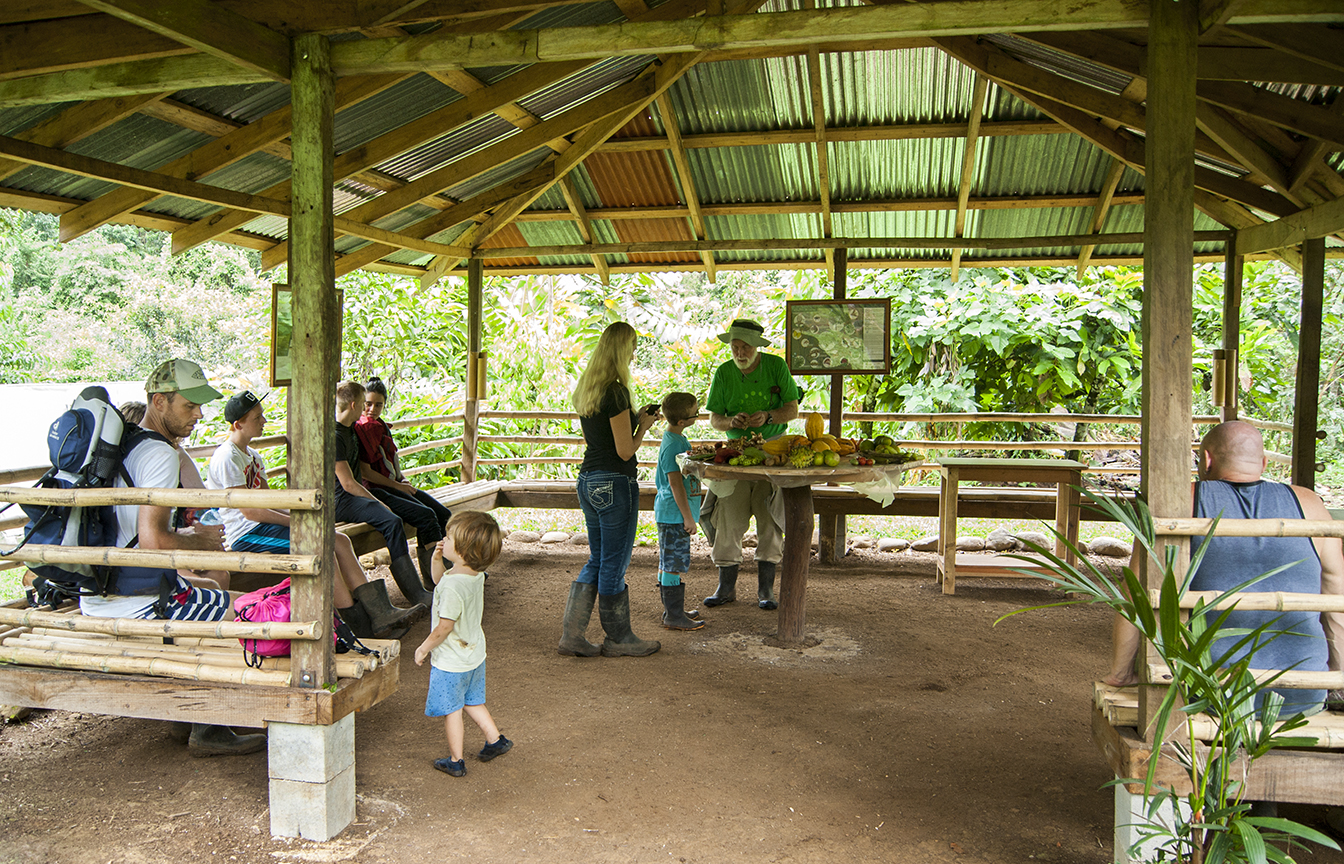
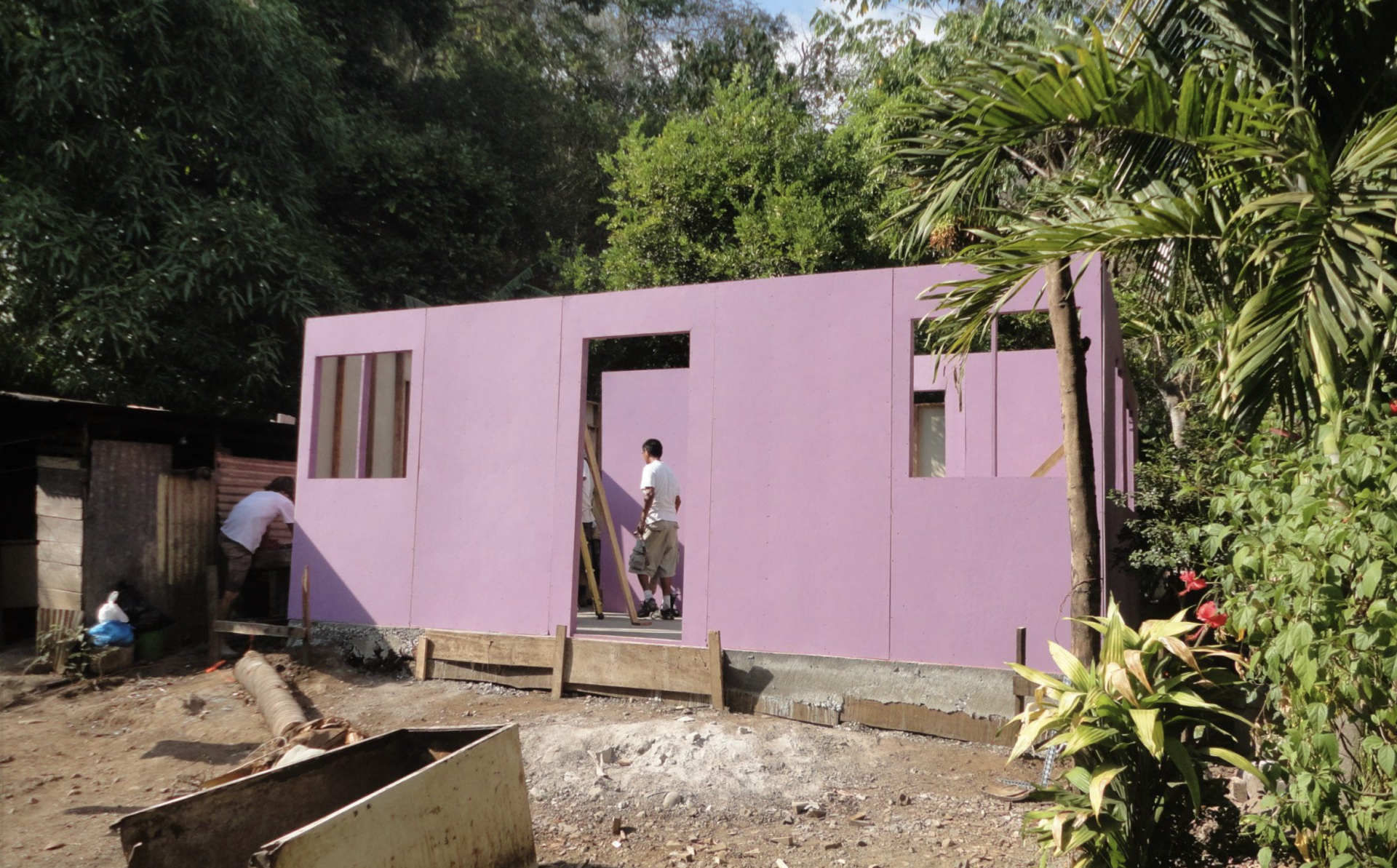
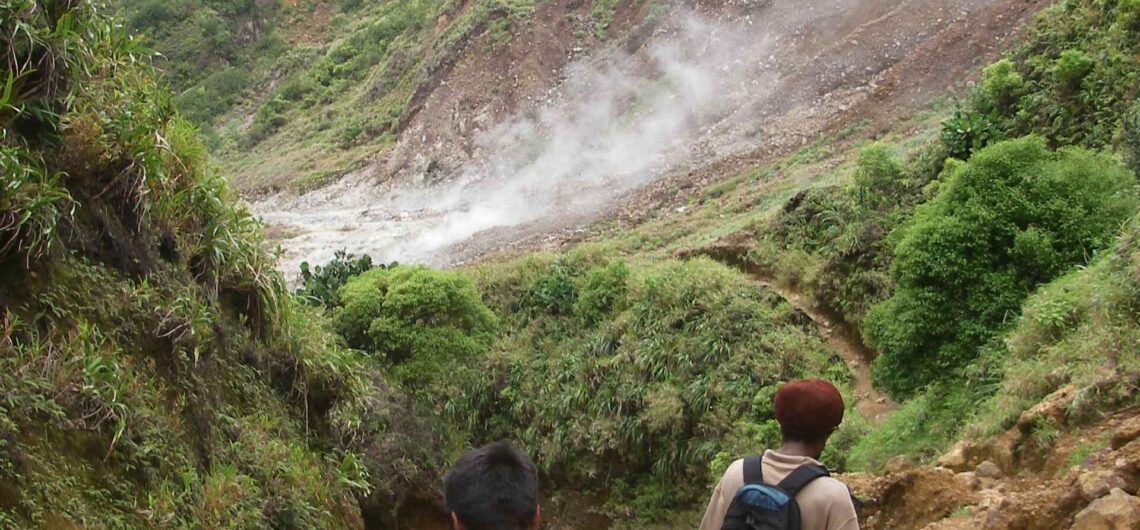
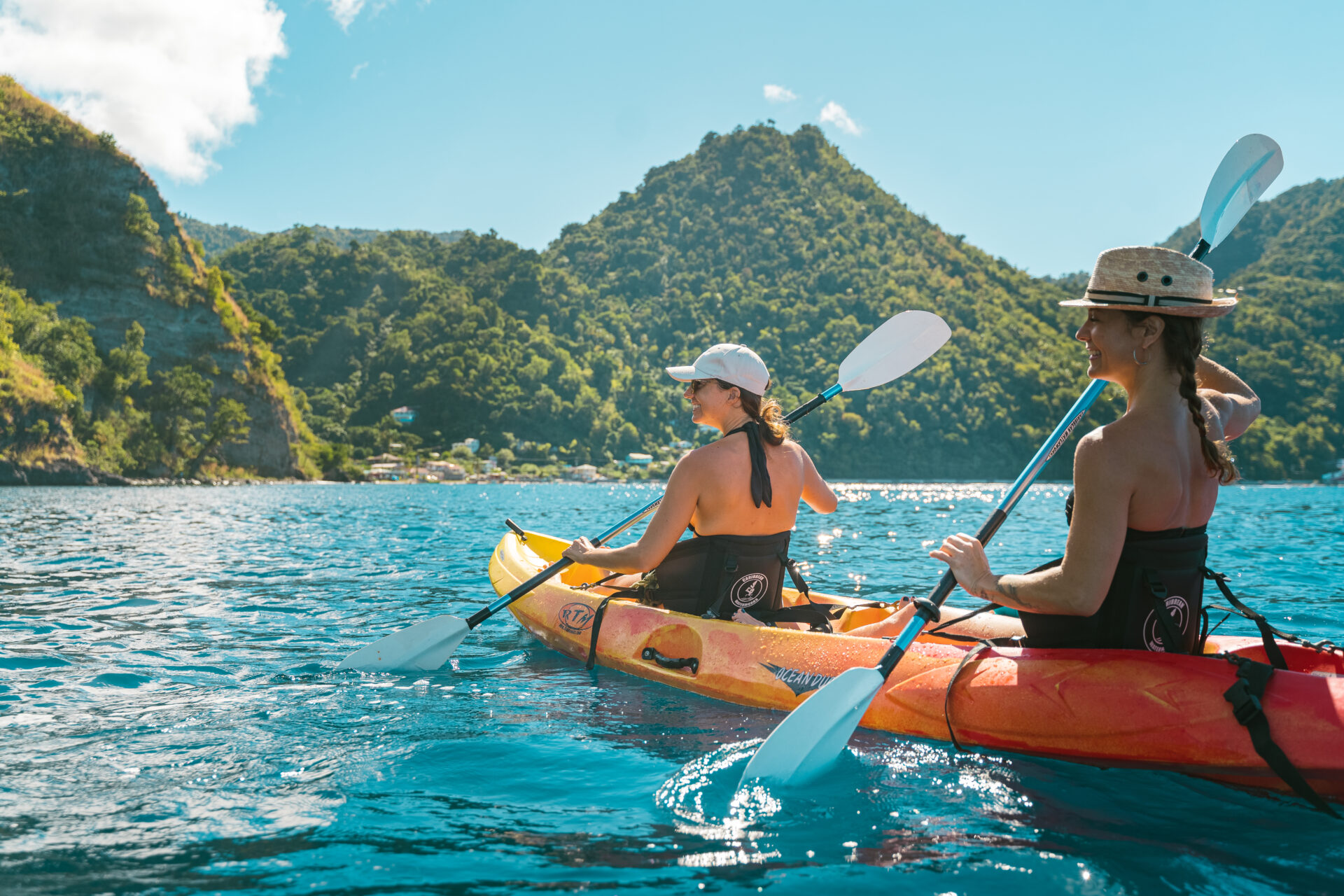 Tucked in the bosom of the Caribbean, Soufriere of Dominica serves as a pristine gem untouched by the hands of commercialism. This quaint community, located on the verdant island of Dominica, presents an unparalleled opportunity for cultural immersion and exploration of natural wonders.
Tucked in the bosom of the Caribbean, Soufriere of Dominica serves as a pristine gem untouched by the hands of commercialism. This quaint community, located on the verdant island of Dominica, presents an unparalleled opportunity for cultural immersion and exploration of natural wonders.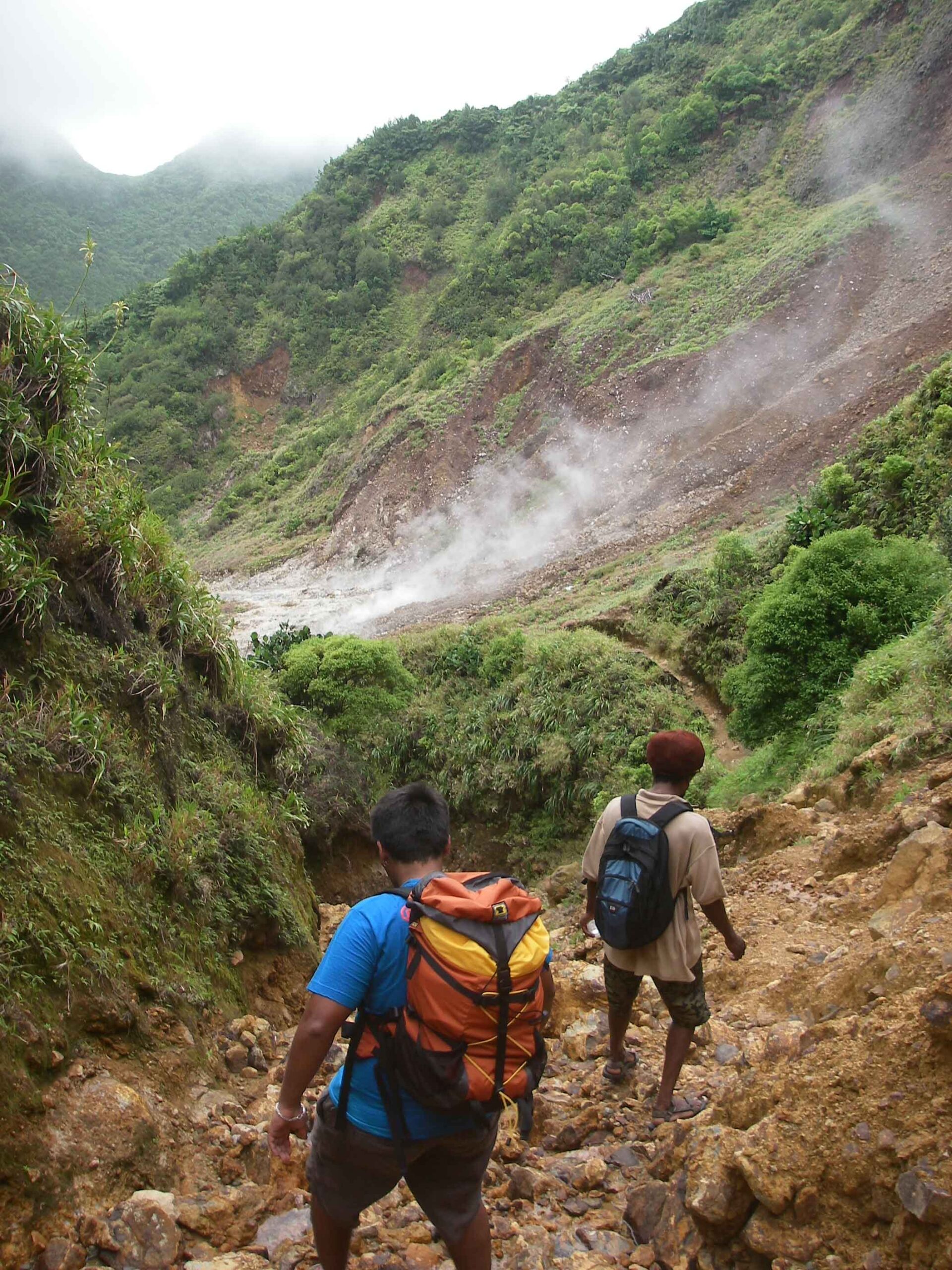 Dominican cuisine, much like its culture, is a flavorful blend of Carib/Kalinago, African, and Creole influences. In Soufriere, the food scene is a gastronomic journey steeped in tradition and local produce. From farm to table, each dish is an ode to the island’s fertility and biodiversity. One of the must-try dishes is the national staple, “Mountain Chicken” (locally known as Crapaud), a delicacy made from a frog species endemic to the island. The “Callaloo Soup,” a hearty blend of leafy greens, okra, and coconut milk, is another authentic treat. Seafood lovers can indulge in freshly caught “Langouste,” a local variety of lobster, grilled to perfection. Fruits such as guavas, papayas, soursop, and the island’s infamous breadfruit often find their way into meals, either as side dishes or desserts. Dining in Soufriere is not merely about sustenance, but a celebration of the island’s bountiful harvest and diverse culinary heritage.
Dominican cuisine, much like its culture, is a flavorful blend of Carib/Kalinago, African, and Creole influences. In Soufriere, the food scene is a gastronomic journey steeped in tradition and local produce. From farm to table, each dish is an ode to the island’s fertility and biodiversity. One of the must-try dishes is the national staple, “Mountain Chicken” (locally known as Crapaud), a delicacy made from a frog species endemic to the island. The “Callaloo Soup,” a hearty blend of leafy greens, okra, and coconut milk, is another authentic treat. Seafood lovers can indulge in freshly caught “Langouste,” a local variety of lobster, grilled to perfection. Fruits such as guavas, papayas, soursop, and the island’s infamous breadfruit often find their way into meals, either as side dishes or desserts. Dining in Soufriere is not merely about sustenance, but a celebration of the island’s bountiful harvest and diverse culinary heritage.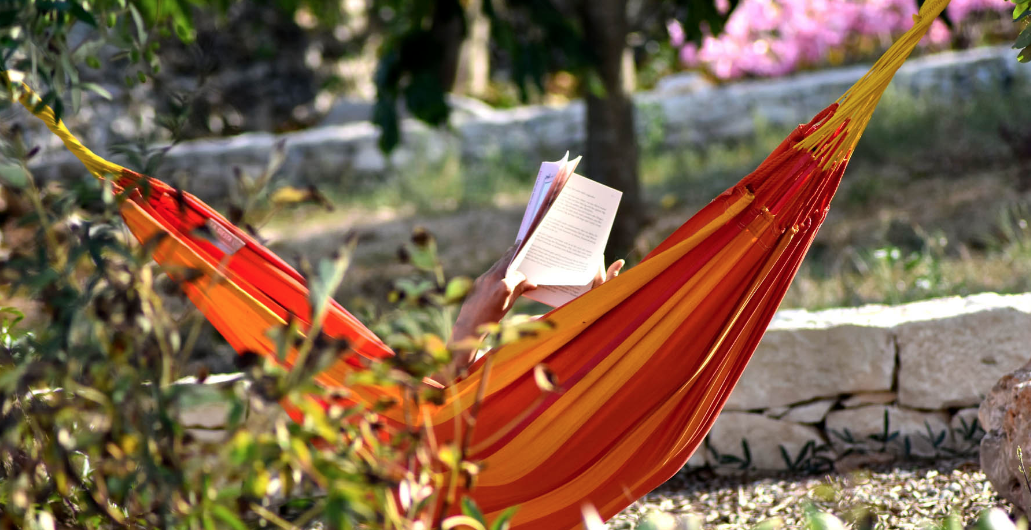
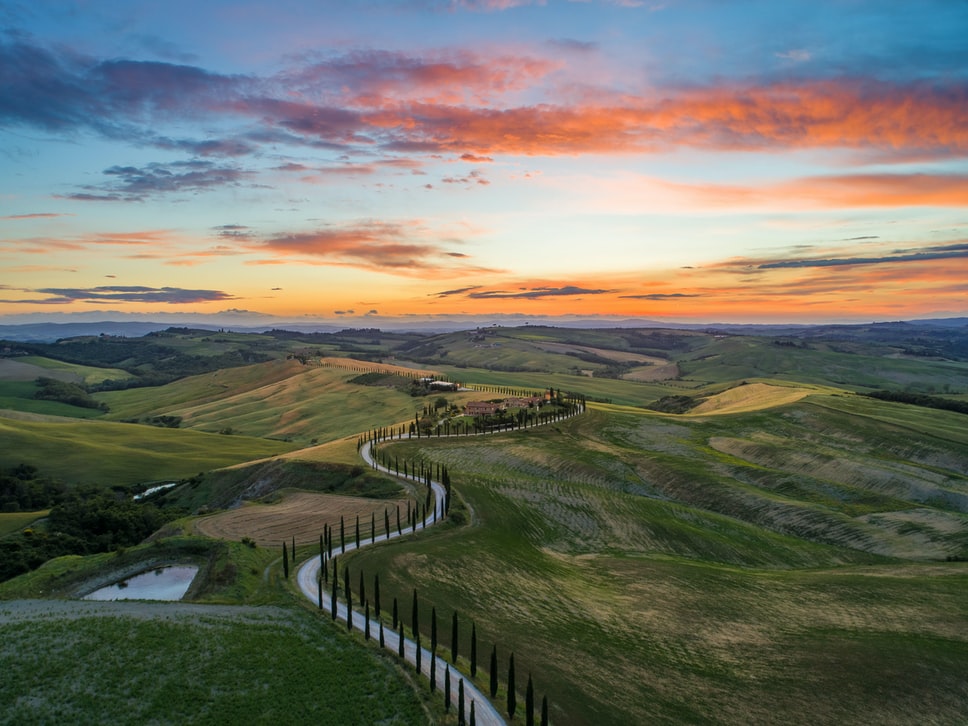
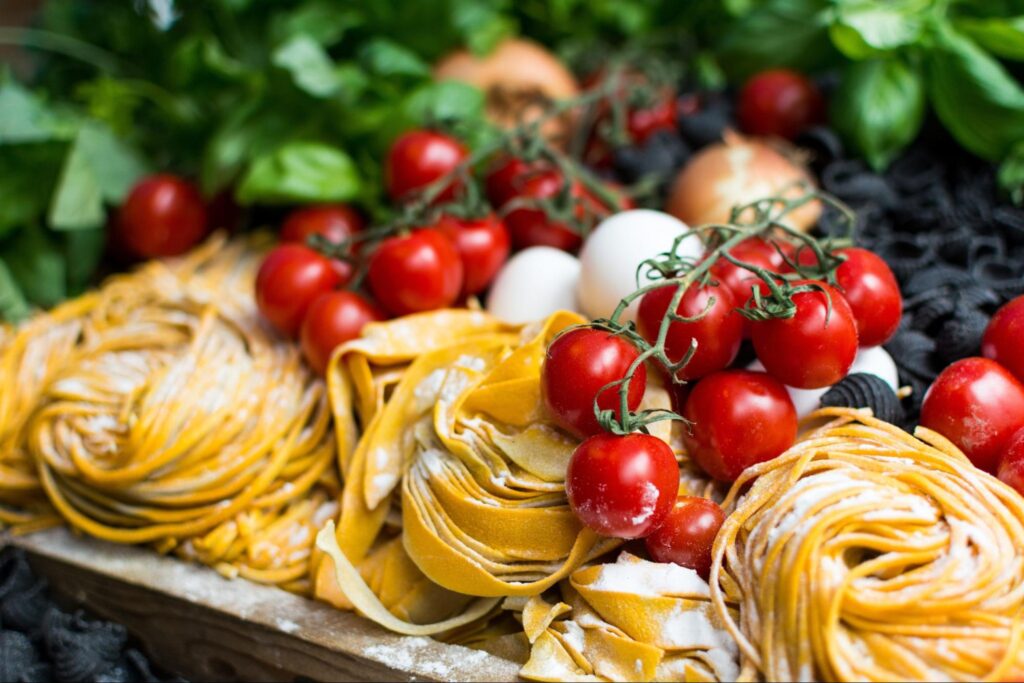 Italian cheesemakers are artisans of dairy. From the creamy mozzarella of Campania to the sharp pecorino of Sardinia, Italian cheeses are a testament to the skill and dedication of the cheesemakers. Each cheese is unique, reflecting the characteristics of the region it comes from and the individual touch of the cheesemaker. The art of cheese making is often passed down through generations, reflecting a deep bond with the land and a profound understanding of the craft.
Italian cheesemakers are artisans of dairy. From the creamy mozzarella of Campania to the sharp pecorino of Sardinia, Italian cheeses are a testament to the skill and dedication of the cheesemakers. Each cheese is unique, reflecting the characteristics of the region it comes from and the individual touch of the cheesemaker. The art of cheese making is often passed down through generations, reflecting a deep bond with the land and a profound understanding of the craft.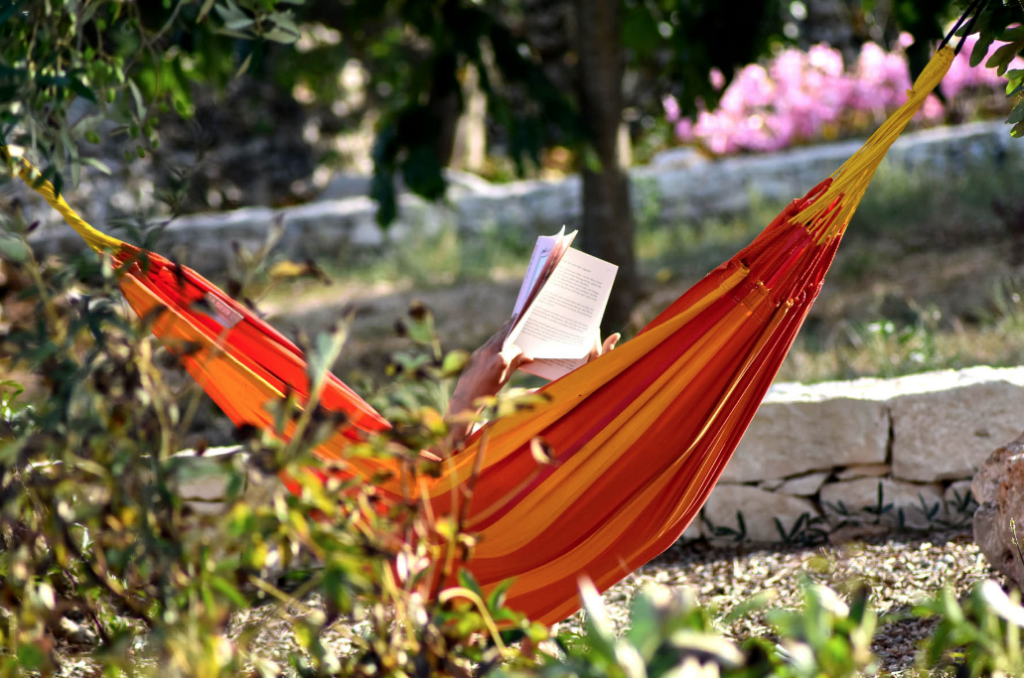
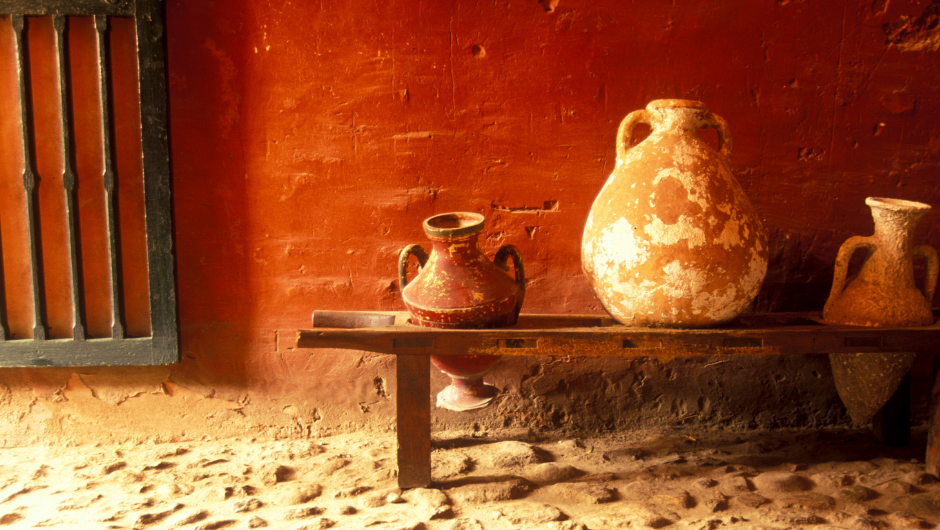
 Immerse yourself in the rich tapestry of Latin American culture by experiencing it firsthand. Diverse and vibrant, these immersive experiences take you beyond the realm of the ordinary, plunging you into the heart of local traditions.
Immerse yourself in the rich tapestry of Latin American culture by experiencing it firsthand. Diverse and vibrant, these immersive experiences take you beyond the realm of the ordinary, plunging you into the heart of local traditions. Participating in traditional workshops can be a captivating way to learn about the local customs and crafts. In
Participating in traditional workshops can be a captivating way to learn about the local customs and crafts. In 
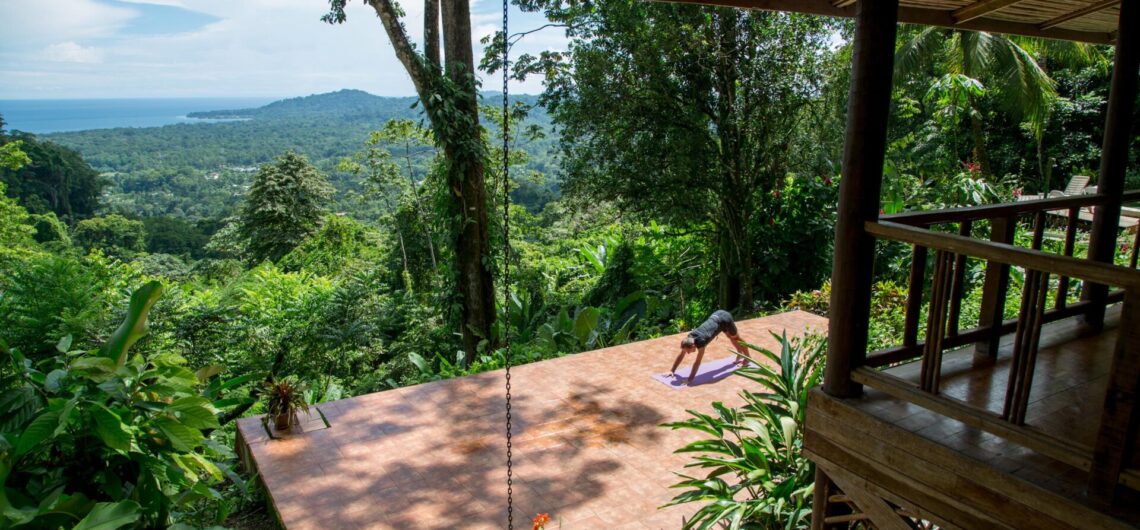
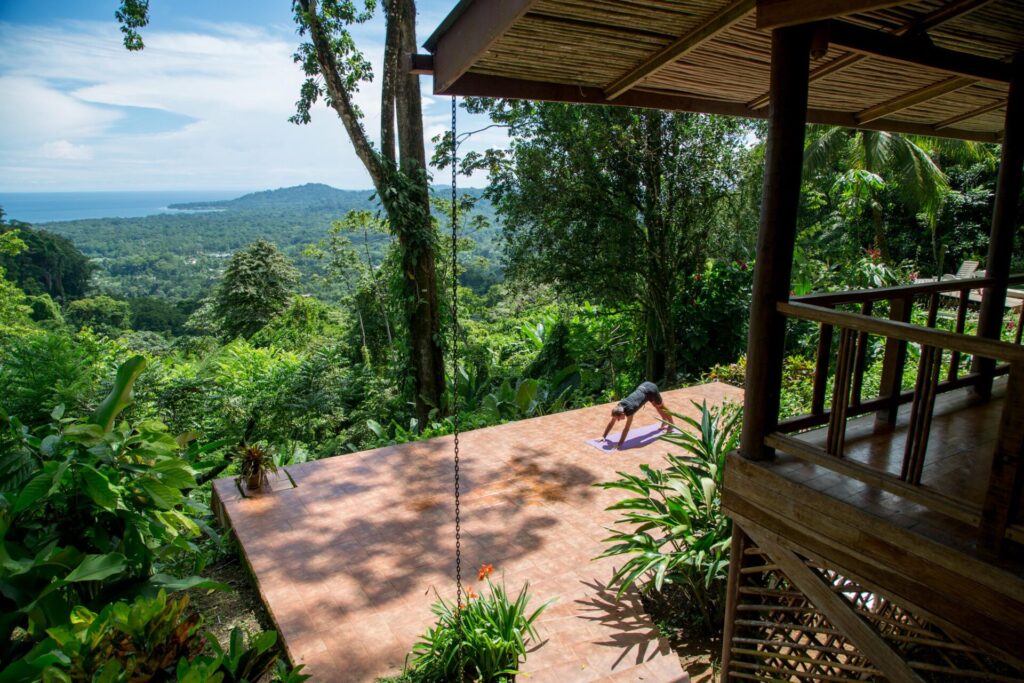 Let me invite
Let me invite 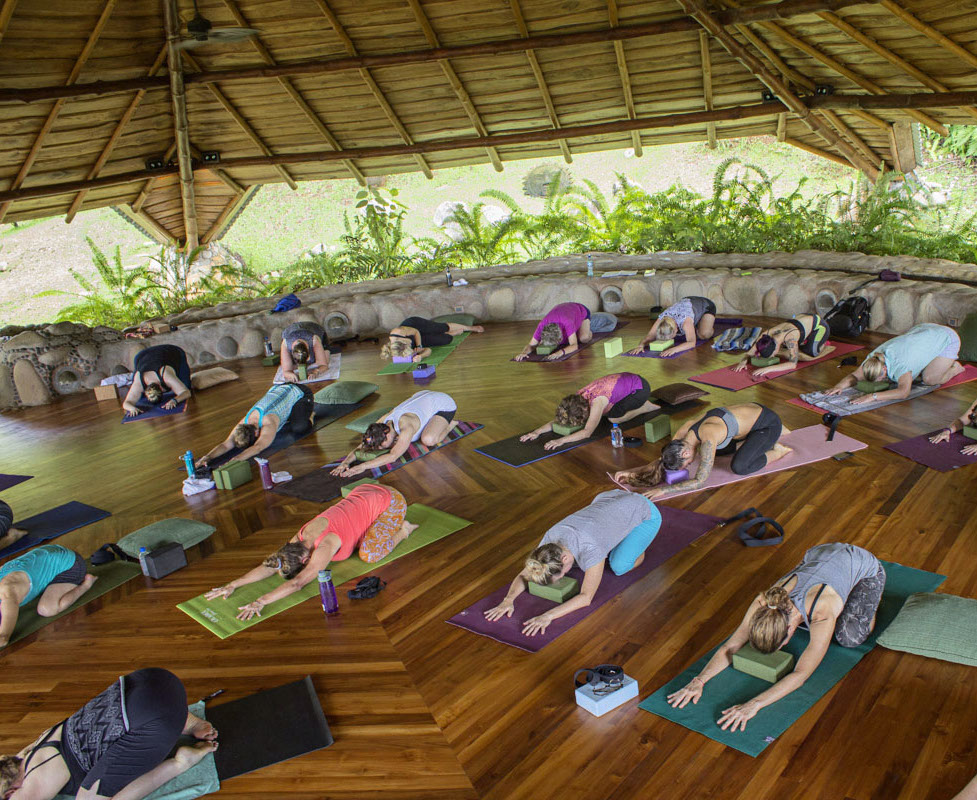
 Dr. Margo Bachman DACM has been passionate about natural medicine and healing for over thirty years. Her own healing experiences and innate curiosity continue to inspire her life and her career. She discovered holistic medicine to heal herself from menstrual problems, pregnancy loss, hormonal craziness and all sorts of other ailments and has been amazed by the power of natural medicine.
Dr. Margo Bachman DACM has been passionate about natural medicine and healing for over thirty years. Her own healing experiences and innate curiosity continue to inspire her life and her career. She discovered holistic medicine to heal herself from menstrual problems, pregnancy loss, hormonal craziness and all sorts of other ailments and has been amazed by the power of natural medicine.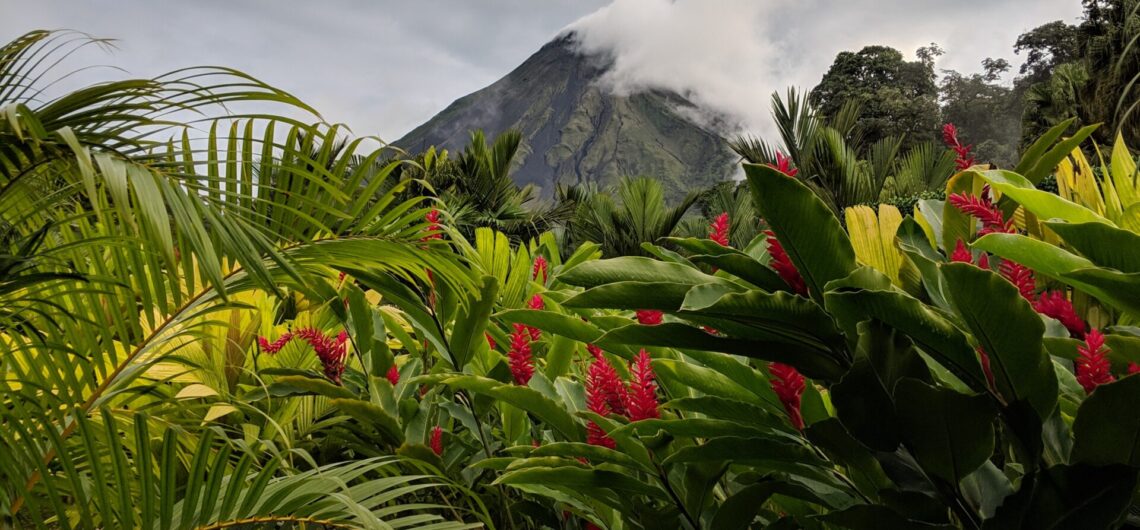
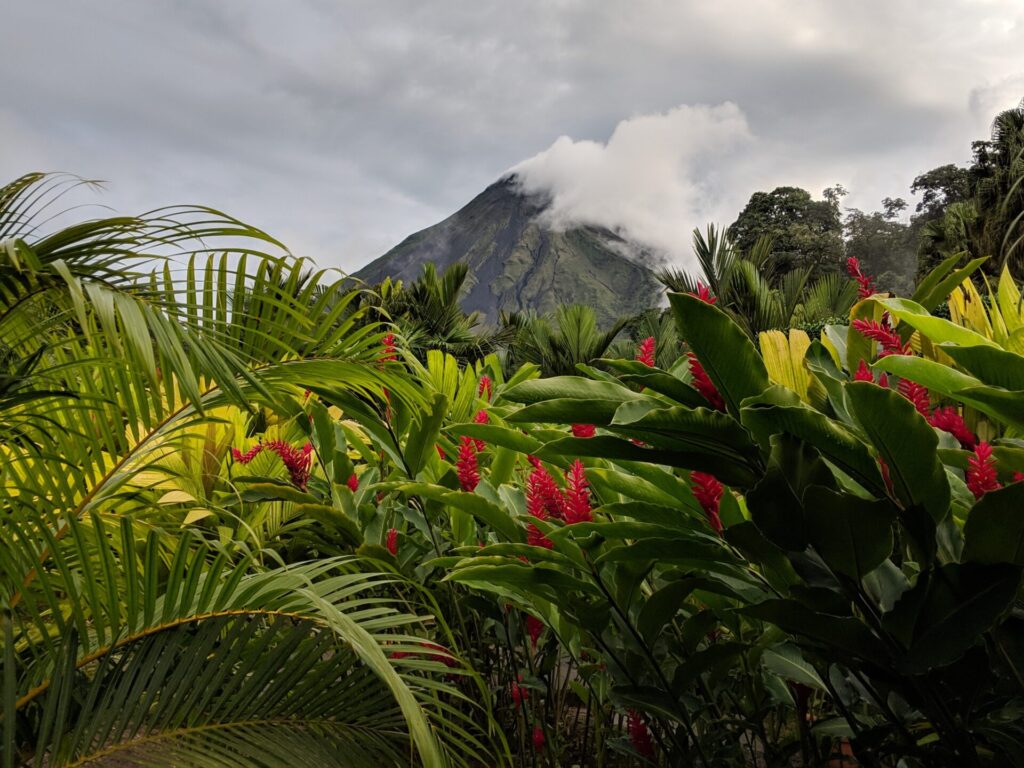 Costa Rica is a Central American nation known for its stunning beaches, lush jungles and diverse wildlife. But one of the most remarkable characteristics of this small country is its rich culture and history. With influences from both indigenous people and European settlers, Costa Rica offers an array of cultural activities to explore from traditional music and dance to art and architecture.
Costa Rica is a Central American nation known for its stunning beaches, lush jungles and diverse wildlife. But one of the most remarkable characteristics of this small country is its rich culture and history. With influences from both indigenous people and European settlers, Costa Rica offers an array of cultural activities to explore from traditional music and dance to art and architecture.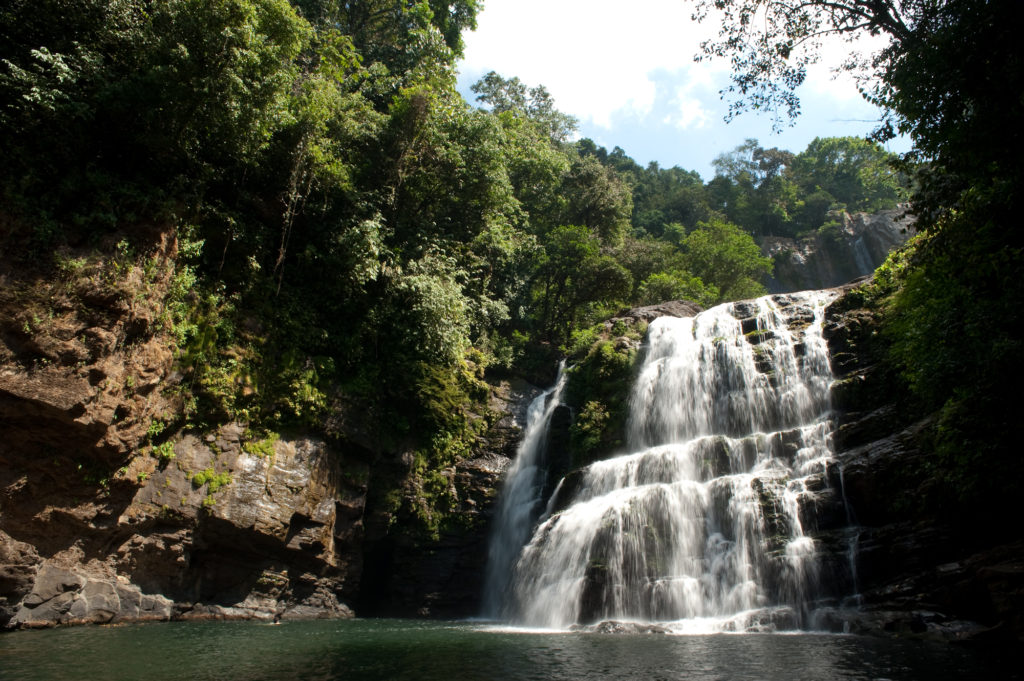
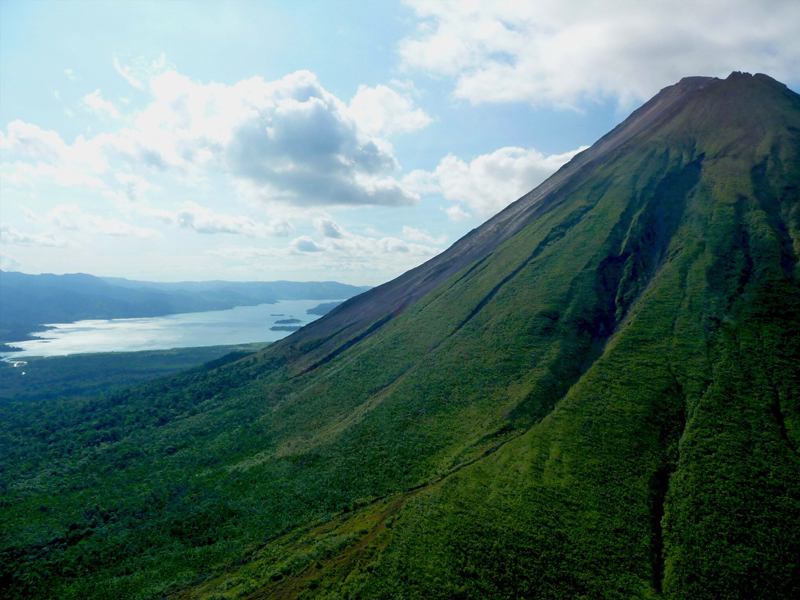
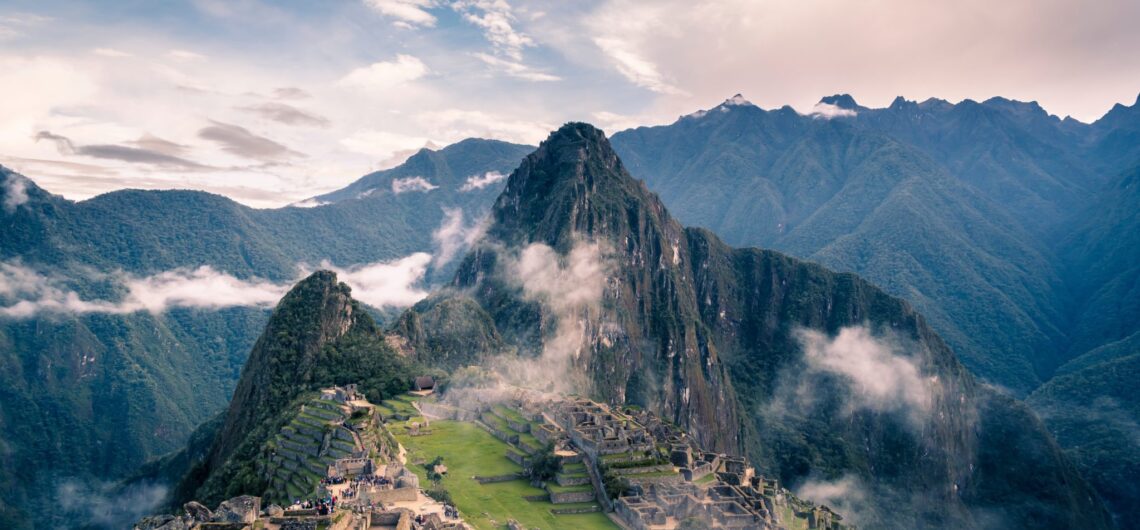
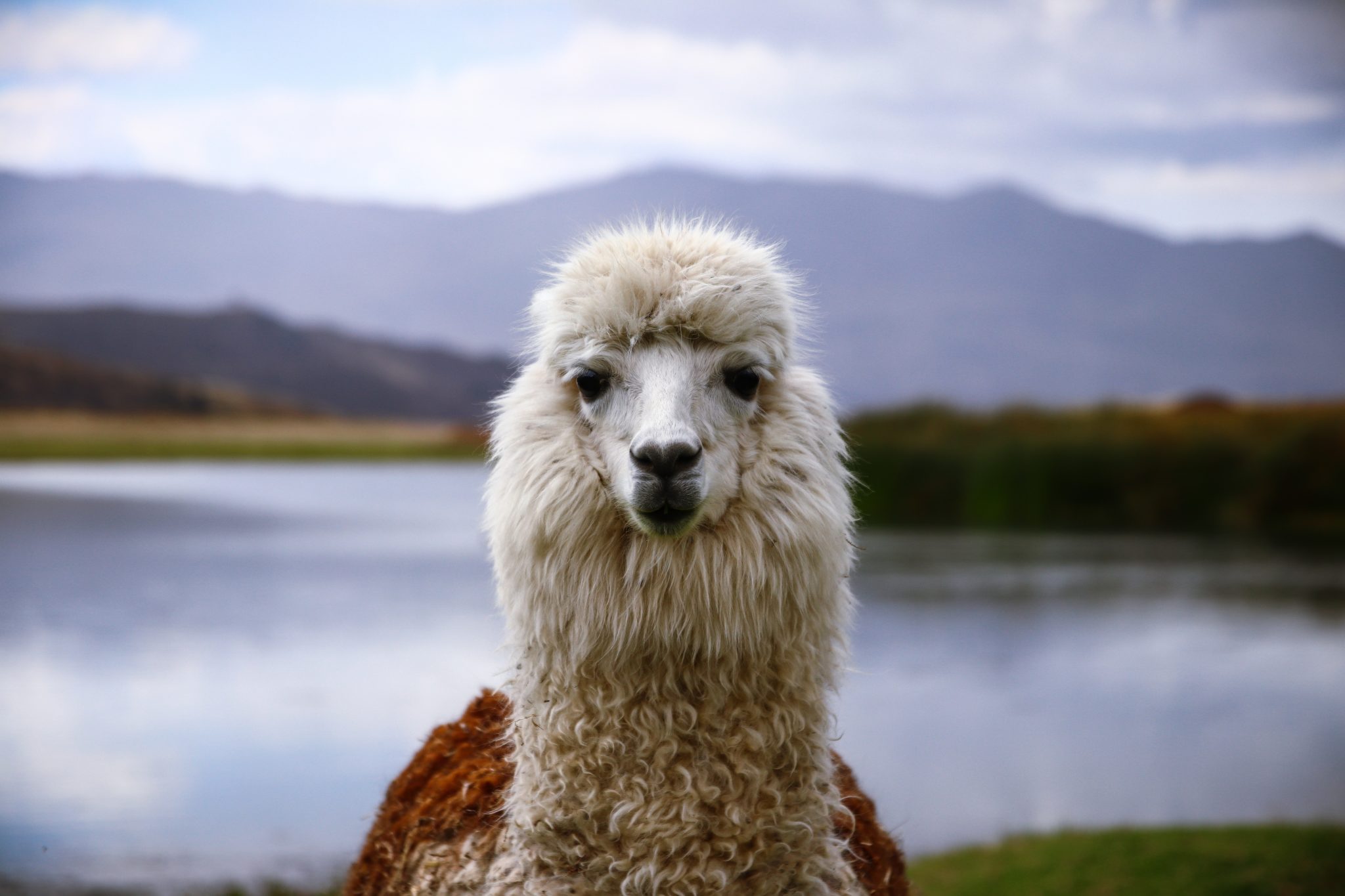
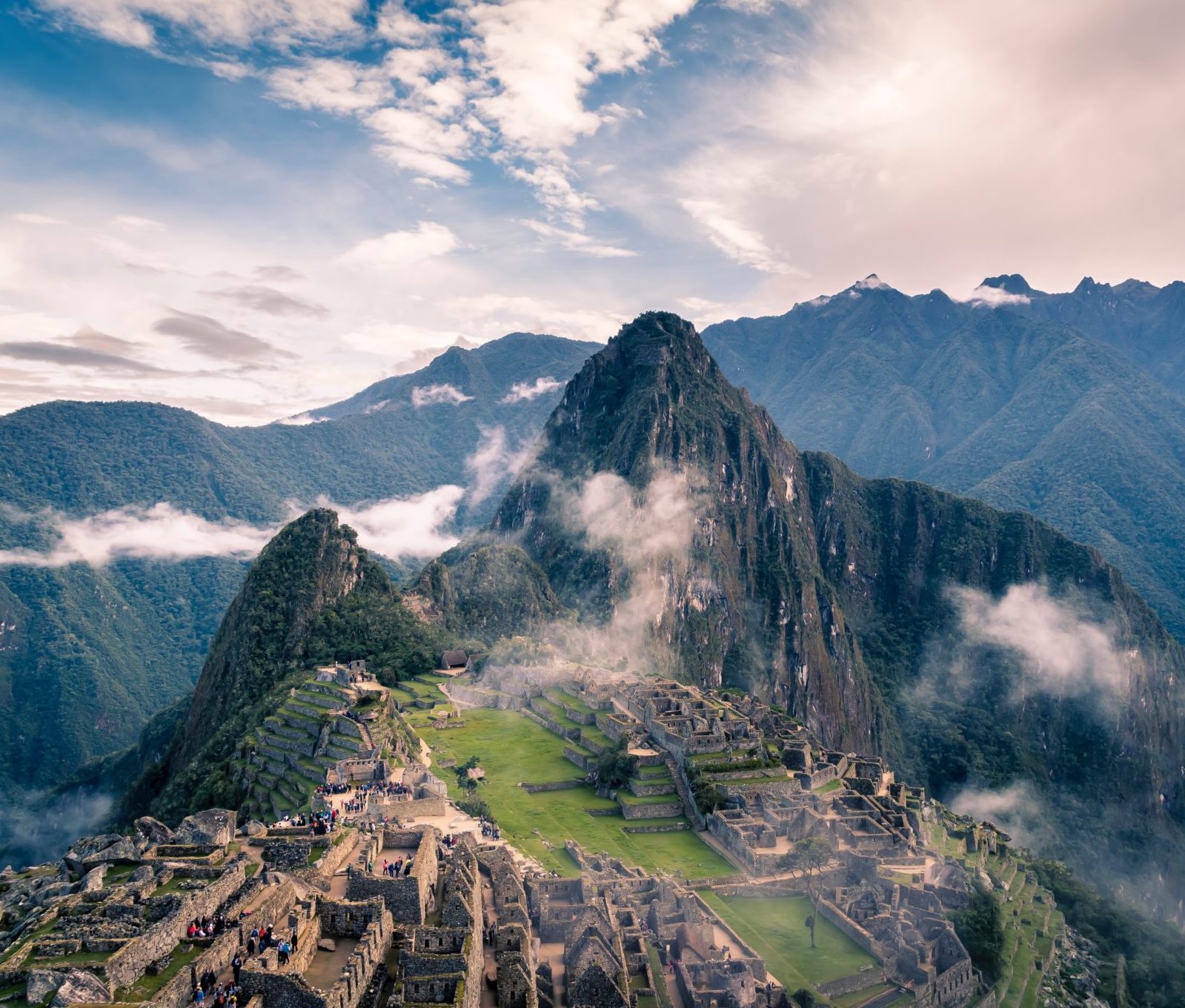
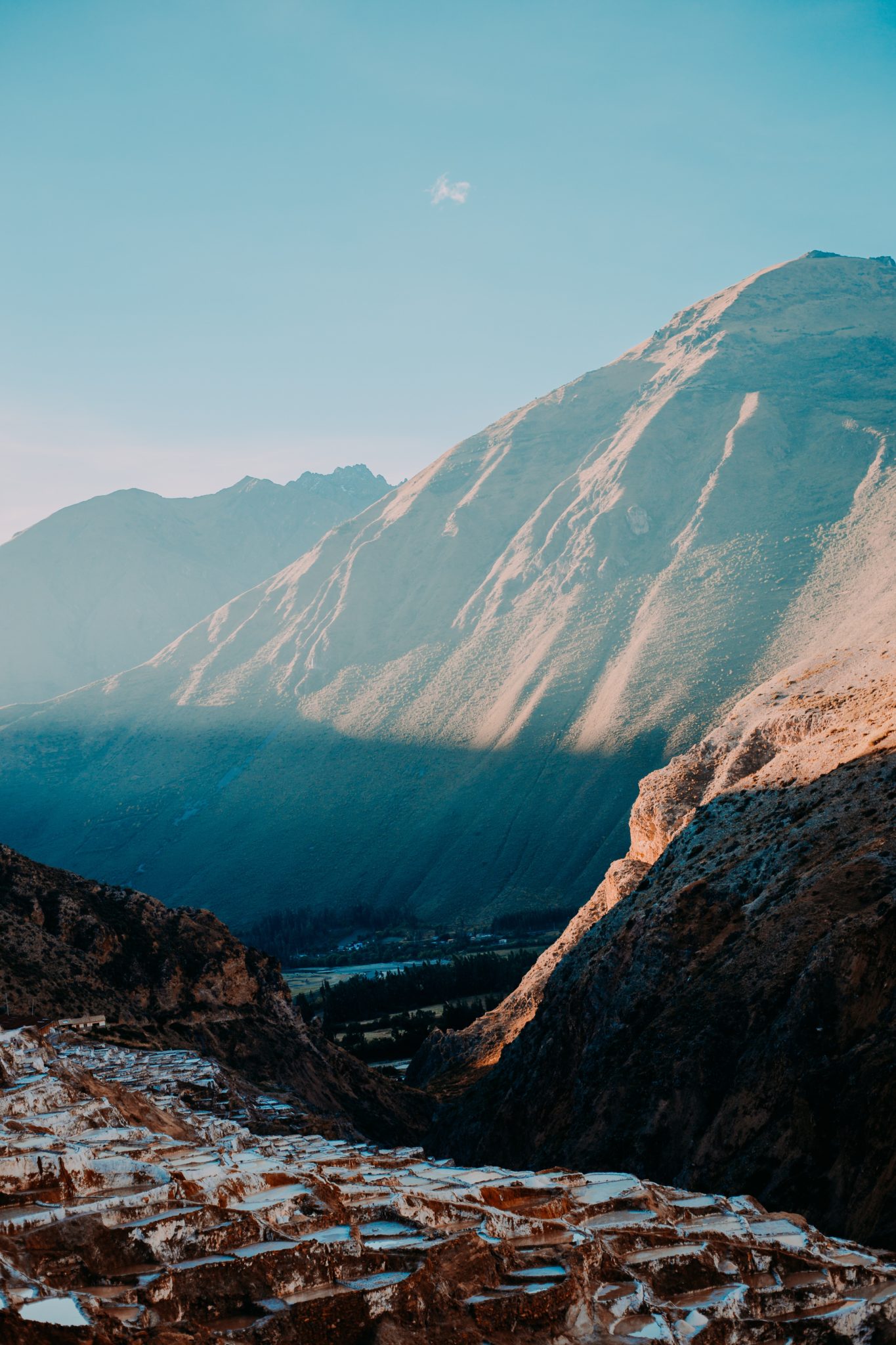
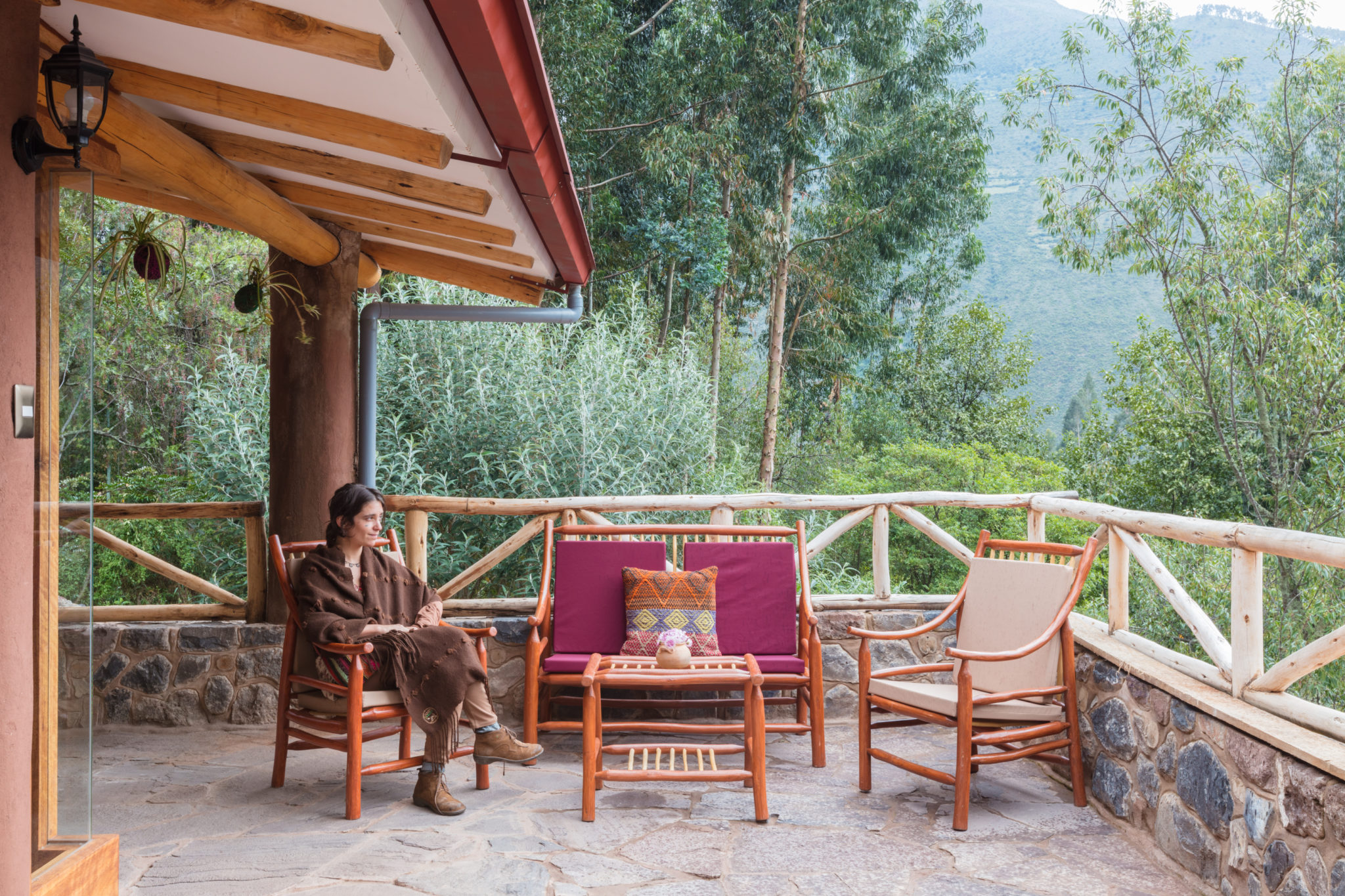

 Traveling to new countries is an exciting and enriching experience that allows us to broaden our horizons, gain new perspectives, and embrace diverse cultures. However, it is crucial to approach travel with cultural sensitivity and respect. By understanding and appreciating the customs, traditions, and values of the countries we visit, we can forge meaningful connections, avoid misunderstandings, and make a positive impact on the communities we encounter. In this blog post, we will explore some key principles and practical tips to help us be more culturally sensitive and respectful when traveling to new countries.
Traveling to new countries is an exciting and enriching experience that allows us to broaden our horizons, gain new perspectives, and embrace diverse cultures. However, it is crucial to approach travel with cultural sensitivity and respect. By understanding and appreciating the customs, traditions, and values of the countries we visit, we can forge meaningful connections, avoid misunderstandings, and make a positive impact on the communities we encounter. In this blog post, we will explore some key principles and practical tips to help us be more culturally sensitive and respectful when traveling to new countries.